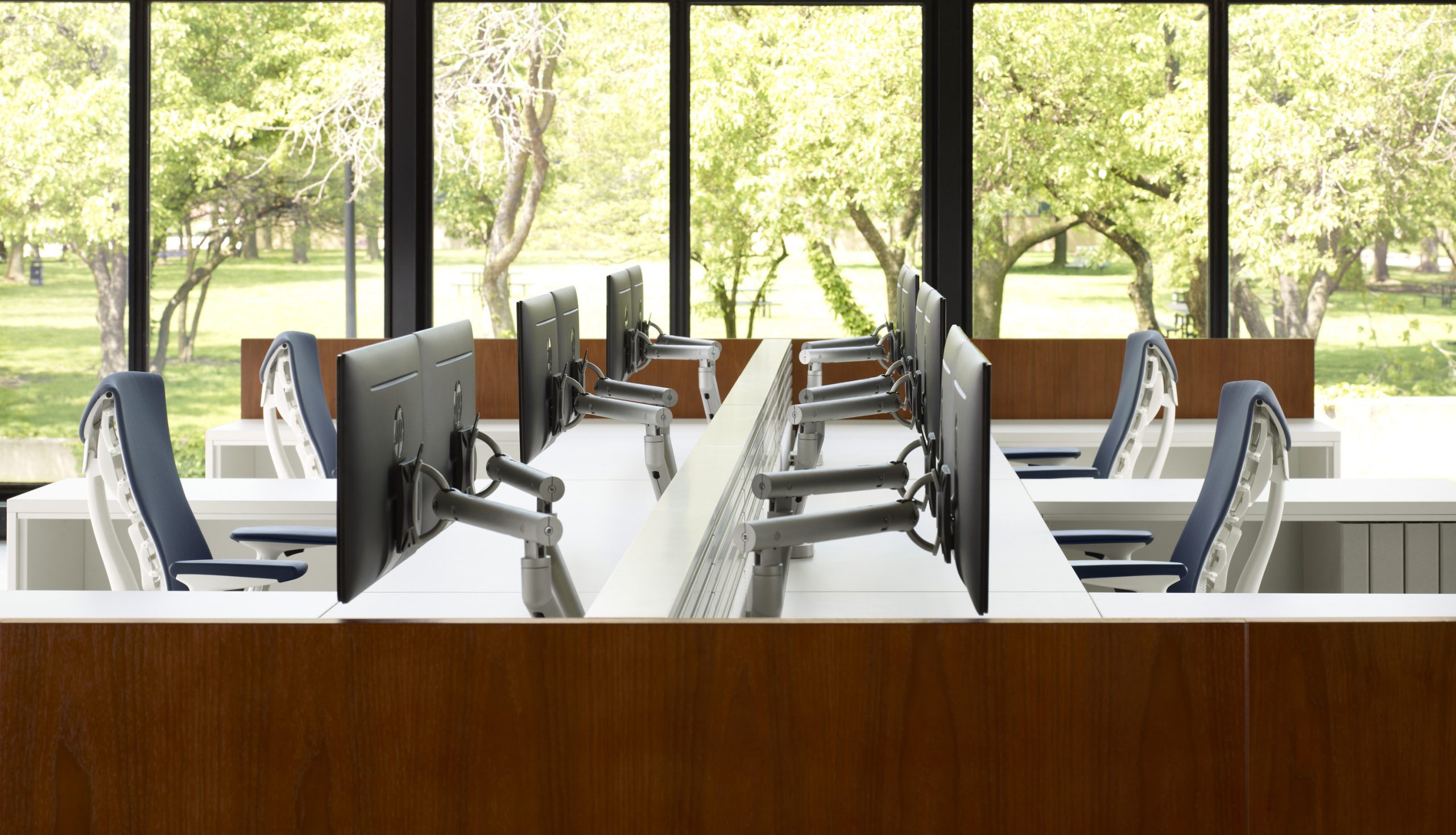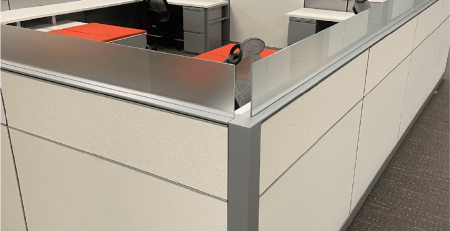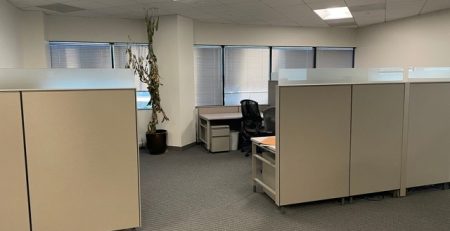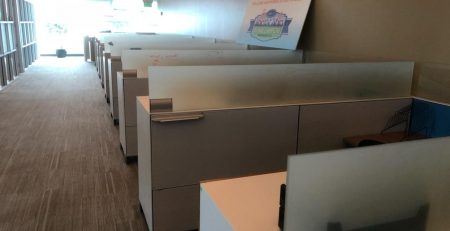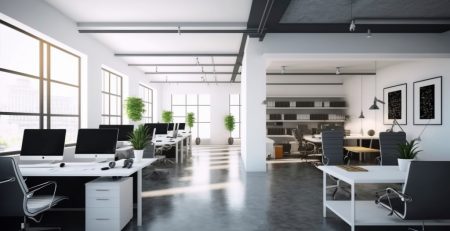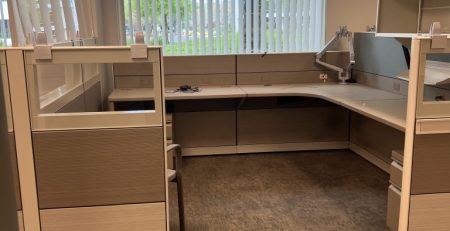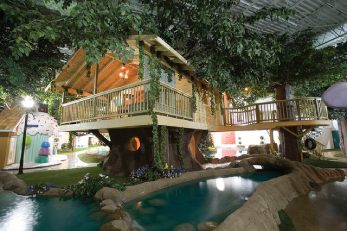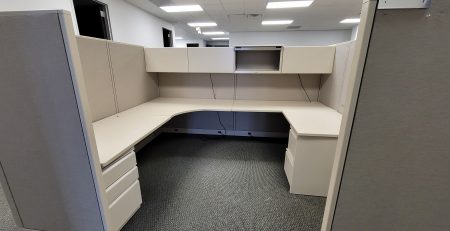What Are the Parts of a Herman Miller Ethospace Cubicle?
Have you ever heard of a cantilever, direct connect base-feed or a draw rod? Odds are you haven’t. They are only a few of the many components found in a Herman Miller Ethospace cubicle. Ethospace office cubicles are made up of over 20 different parts and pieces, which might explain why a professional installer is almost always required to install them.
The following guide will aim to teach you the ins and outs of the Herman Miller Ethospace Office Cubicle.
Acoustic tile – Tiles that help dull noise in the cubicle.
Beltline power – Power access that is above the worksurface.
Bullnose edge – Worksurface with a rounded edge.
Bullpen – Cubicles are configured to allow multiple occupants with a centralized area of collaboration.
Cable management – The ability to organize electrical and data wires.
Cantilever – Shaped like a right triangle and under the worksurface, the cantilever is used to support the worksurface.
Change of height finished end – A trim piece used to finish adjacent frames of different heights.
Cluster – A group of cubicles that share a center spine.
Com ports – Additional knockouts to provide access to data.
Connector – To connect 2,3, or 4 frames at a 90, 120, or 135 degree angles.
Contour edge – A worksurface with a gradually curving edge.
D top – A worksurface that has a semi-circle shaped worksurface. Used in teaming environments.
Direct connect basefeed – Connects the building’s power to the cubicle’s power. Basefeed enters through the wall or the floor.
Draw rod – Connects a frame to another frame.
Edge style – The style of the worksurface’s edge.
Edgeband – Finishing material of the edge of a worksurface.
End panel – The sidepiece of a shelf or a flipper door unit.
Finished end – Trim piece used on the end of a frame.
Flipper – An overhead storage unit that has a front, door-like, panel that can be locked.
Frame – The underlying steel structure of the cubicle. Essentially it is the core of the cubicle.
Jumper – Piece of electric that connects the baseline power to the beltline power.
Keyed alike – When all storage components of a cubicle use the same key for access.
Knockouts – Plastic pieces used to cover unused data or power access.
Laminate tile – A tile that is covered with a laminate.
Marker tile – A tile that serves as a whiteboard.
P top – A worksurface that is shaped like the letter P.
Pass through harness – A piece of electric used to connect one powered frame to another, without outlets.
Post leg – A leg used to support a freestanding surface when a cantilever cannot be used.
Power pole/ceiling entry – Connects the building’s power to the cubicle’s power. Basefeed enters through the ceiling.
Raceway – A trim piece used at the bottom of the frame. Can be powered or not powered.
Rail tile – A tile allows the addition of paper management accessories.
Spine – The shared centralized frame used in a cluster of cubicles.
Square edge – A worksurface with a square edge.
Stacker – Extension added to frame to increase the height.
Support panel – Panel used at the end of a workstation when no wing panel is present.
Tackable tile – A tile that can be thumbtacked.
Tile – Rectangular pieces that clip onto the frame of the cubicle. Also known as the skin of the cubicle.
Tile elevation – The order in which tiles are placed on the frame.
Top cap – The trim piece for used on the top of the frame or connector.
Trough – A plastic piece of the back of a worksurface where wiring run and organized.
Upmount glass – Glass that is mounted on the top of a frame.
Wing panel – The frame and tiles that help enclose the workstation, located at the end of the worksurface.
Worksurface – The surface of your cubicle in which your computer and other items are placed.

